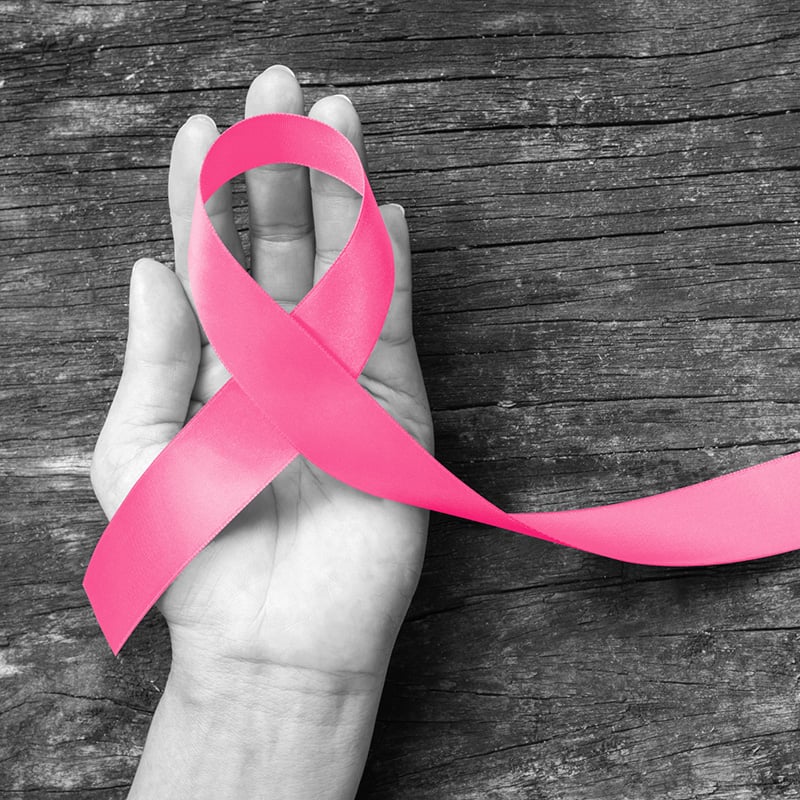Each year, about 12 million people in the U.S. alone experience domestic violence, with 85 percent of those victims being women, according to the National Domestic Violence Hotline.
Domestic violence comes in various forms and might look different than some people expect. For that reason, it’s important to know what the signs of domestic violence look like so that you, a loved one, or a friend can get the help that’s needed when it’s needed.
Savannah Wentz Chambers, DO, is a primary care doctor at Health First Family Medicine in Clifton Springs, and is passionate about helping patients successfully navigate the challenges of a domestic violence situation. She explains what warning signs to look for, how to keep yourself or a loved one safe, and the first steps to take to get out of an abusive relationship.
Types of Domestic Violence
Domestic violence is not just physical violence. There are four different types of domestic violence:
Physical violence
Physical violence is the type of domestic abuse that is most commonly seen in movies, TV, and books. One person will begin to use physical force to injure a partner. This often starts out small and then slowly progresses over time to become worse – sometimes resulting in permanent injury or death.
Sexual violence
Sexual violence happens when one person in a partnership forces or attempts to force the other to engage in sexual acts or touching, or even sexting, when the other partner does not want to do it or can’t consent to it.
Physiological aggression
Physiological aggression is any type of communication, verbal or nonverbal, that is made with the goal of intimidating a partner and causing emotional and mental distress. This can look like verbal abuse, monitoring activities closely, acting possessive, and many other different ways.
Stalking
Stalking happens frequently – affecting more than 1 in 10 women. Like physical violence, stalking can start in small ways and then escalate. It doesn’t have to involve someone sitting outside of a window for hours with binoculars; stalking is any form of unwanted attention or attempted contact with the victim which causes the victim to fear for their safety.
“Often the first signs people recognize are cyberbullying – texting or calling all the time and getting angry if they don’t answer. That escalates to name-calling and eroding self-esteem, to isolation where they prevent partners from spending time with friends or family members so they are cut off from their support groups,” Dr. Wentz Chambers said. “Then, there is some sort of denial, blaming, and minimizing where the partner blames the victim for the abuse and makes them feel guilty, as if the abuse is somehow the victim’s fault.”
Dr. Wentz Chambers points to a visualization of this progression of domestic violence called the Deluth Model of Power and Control wheel. It shows how partners in a relationship use different methods to create a sense of power and control over a victim. Seeing this model can be very helpful for people in a potentially abusive relationship.
What to do if you notice domestic violence warning signs
The first steps for someone to take if they become aware of signs of domestic violence look different depending on whether they are the victim or a friend or family member of the victim.
For victims
- Create a safety plan: Victims of domestic violence should start by developing a safety plan they can follow when their abuser begins to get upset. If things start to escalate, they should avoid small rooms with potential weapons or rooms without exits so they can avoid being hurt.
- Develop an escape plan: this might include keeping gas in the car, a spare key hidden, and doors unlocked, as well as using prepaid phones and computers outside the home.
- Build a support network: Having friends and family who are aware of what is going on can be critical to keeping a victim safe. Healthcare professionals and counselors are good people to bring in, as well.
“Don’t keep abuse a secret,” Dr. Wentz Chambers said. “Make sure someone knows about it.”
For friends or family
- Keep the connection open: For family members or friends of a suspected domestic abuse victim, the primary way to help is to keep a connection going. Especially when someone is being isolated already, it is important to approach them and ask if they want help – or simply let them know they are not alone and cared for.
“It’s definitely hard for people not to say, ‘Oh just leave and get out of the situation,’” Dr. Wentz Chambers said. “But there are so many compounding factors that keep people in a domestic violence situation. Telling someone to just leave can worsen the isolation.”
- Assist with safety planning: If someone is trying to leave a relationship, friends or family can help them develop a safety plan. They can also acknowledge the existence of domestic violence hotlines or shelters.
Help for domestic violence victims
There are several local and state-wide resources available:
- New York State Office for Prevention of Domestic Violence runs a 24/7 hotline that connects you with agencies and resources in your county. Anyone can call (800) 942-6906, text (844) 997-2121, or talk in an online chat.
- Willow Domestic Violence Center of Greater Rochester runs a 24/7 hotline for anyone to call or text at (585) 222-SAFE (7233). Willow offers emergency shelters for housing victims, their children and pets, as well as counseling, support and legal services.
- RESTORE offers a 24/7 hotline for sexual assault victims that is operated by Planned Parenthood of Central & Western New York. Anyone can call at (585) 546-2777.
- Lifespan of Greater Rochester offers domestic violence services for people over the age of 60 through its Upstate Elder Abuse Center. People can call (585) 244-8400 and connect with an experienced social worker who can help with safety plans, orders of protection, or temporary hotel/adult home/nursing home placement to escape immediate danger.
“It’s startling when you look at the number of people experiencing domestic violence,” Dr. Wentz Chambers said. “We’re starting to shift the perception of it as a public health crisis that has huge impacts on lifelong health. We need more resources geared toward helping these people.”









